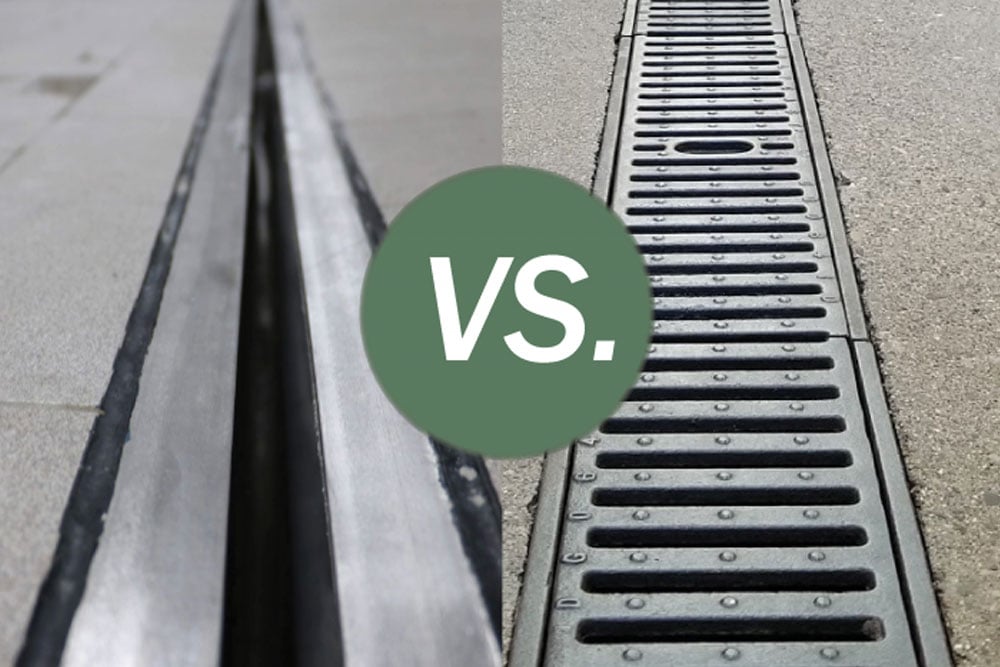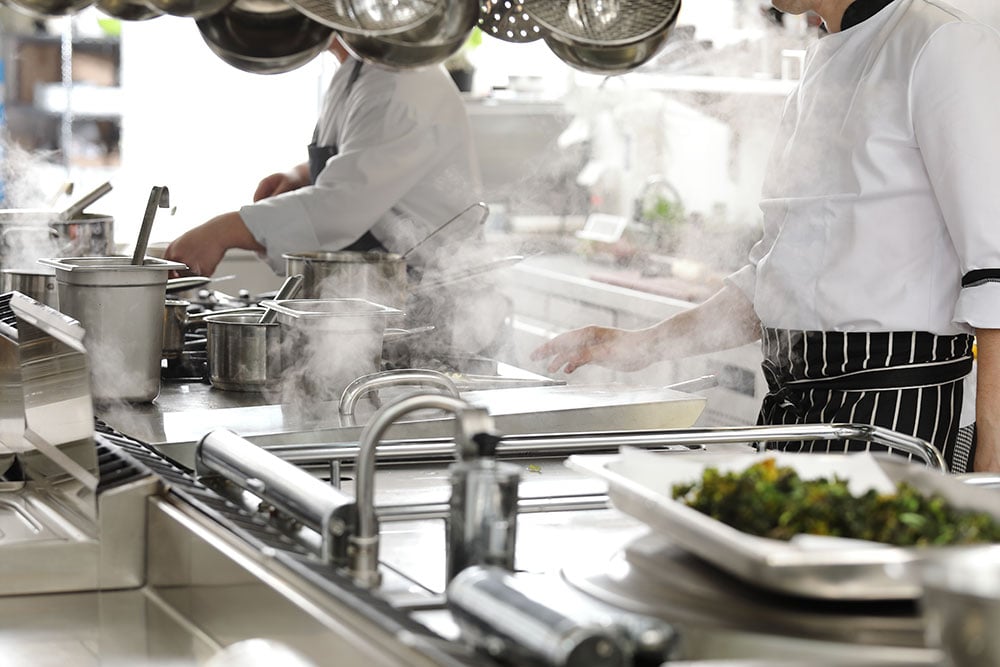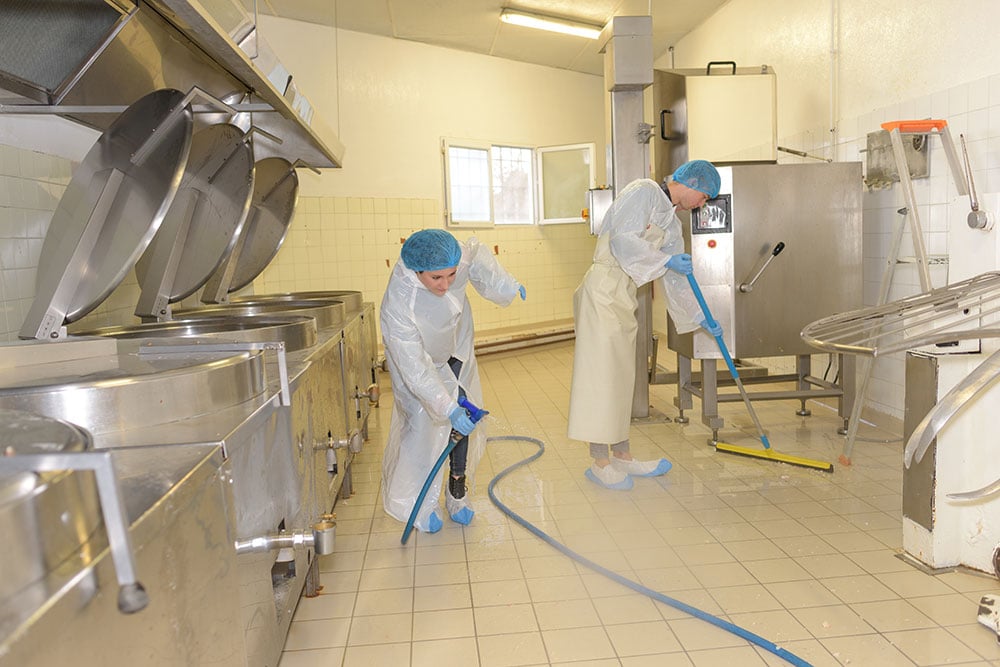When it comes to the food processing environment, bacteria prevention is your number-one concern. Complete wash-downs and sterilizations of equipment occur daily, if not more frequently. However, one major area that is often overlooked in the cleaning process is the niches and cracks that can occur in improper food processing flooring.
Cracks or dents in a floor surface can act as secret little pockets for bacteria to grow, while larger imperfections can becoming tripping hazards which can threaten worker safety. Bare concrete can be damaged easily in the food processing environment, both through chemical and physical means. Thus, the best method of protecting your flooring is to apply a floor coating in the form of a liquid resin. This coating will act as a protective layer, keeping your concrete safe and solid while rebuffing some of the more damaging effects of the food processing environment. Which kind of floor coating your choose, however, will ultimately depend on your specific needs. Here is a brief overview of the three most common types.
Epoxy Flooring
Hard and inexpensive, epoxy is the most prominent of our three examples. Due to its strength, epoxy can easily stand up to all manners of traffic, from simple pedestrians to pallet-jacks and forklifts. Epoxy resin is compatible and bonds well to most types of flooring, but users should be aware that due to its rigidity, epoxy may fail in temperature diverse environments. Epoxy tends to expand and contract at a slower rate than concrete, meaning processes like hot wash-downs may cause separation between the flooring and the coating.
Urethane Flooring
This resinous solution was developed to directly counter the flaws found in an epoxy coating. While it gives up a measure of strength to do so, urethane flooring is less rigid than epoxy and has a much easier time adapting to extreme temperatures without delineation. This lower rigidity also allows for a greater degree of flexibility, meaning it is better at withstanding continuous motion such as vibration. These benefits come at a slightly higher cost than epoxy, however, and urethane has one drawback. Due to its porous nature, non-organic chemicals can leach into the protective layer of the resin, degrading the coating over time.
MMA Flooring
An abbreviation of Methyl Methacrylate, MMA flooring is something of a "Best of Both Worlds" solution, with an increased price tag to boot. With the tough chemical resistance of epoxy, alongside the physical capabilities of urethane, MMA can be used in almost any application. On top of this, the cure time for MMA resin is by far the fastest, allowing for the smallest possible impact on productivity. The only major drawback of this is that during the curing process, MMA gives off an extremely strong odor, meaning all food production ingredients and production will need to be removed from the area entirely.
Finding the right flooring for your operation is a vital part of your facility's food safety plan, but with many possibilities available, there is sure to be an option that is right for you. The one major thing that can damage all of the listed options however is standing liquids, which can reduce adhesion and break down the resin over time. This means that proper drainage is just as vital a part of your floor plan. If you are looking for the most sanitary and safe drainage available, specially designed for the food industry, reach out to us at FoodSafe Drains. We will help you every step of your drainage journey from planning to purchase.


